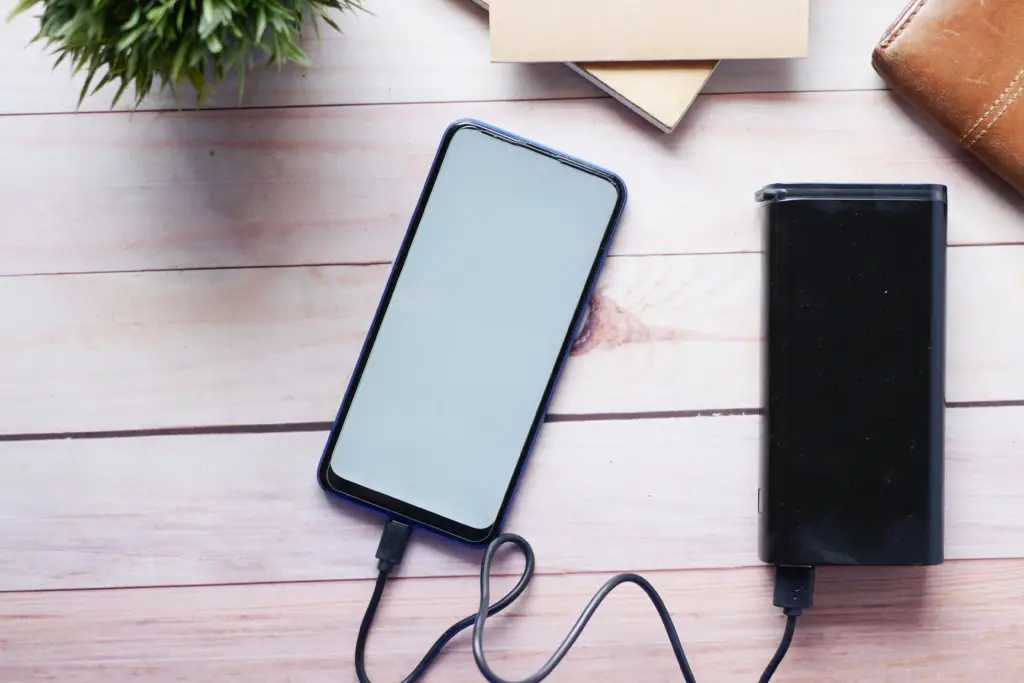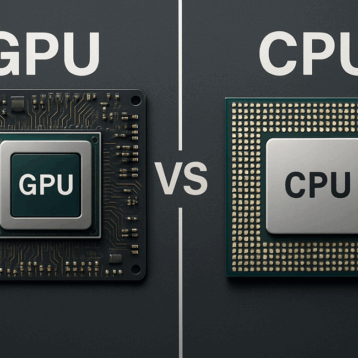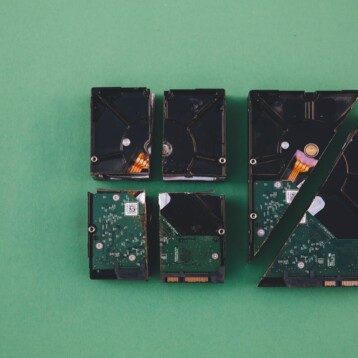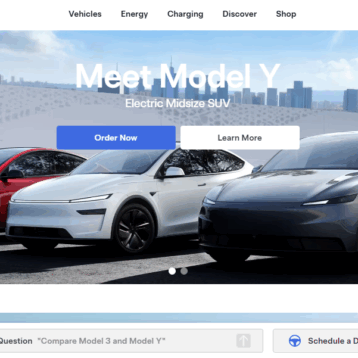
Introduction:
Let me explain what a USB PD Charger is. Firstly, USB stands for “ Universal Serial Bus.” The “ PD” part stands for “ Power Delivery.” By Power Delivery, we mean fast charging power. It boosts the speed and is much faster than a regular USB.
This blog will explore everything you need to know about USB Power Delivery.
Mechanism of USB PD charger
USB Power Delivery is a charging protocol that enables devices to transfer higher levels of power over a USB connection. It adjusts the power according to the device’s needs and also supports bi-direvctional charging. By this, we mean it can both send and receive power.
USB-PD can charge smartphones/tablets up to 70% faster than a standard USB charger. There are three iterations of the UBS PD standard. USB PD 1.0 is a basic version that provides fixed power profiles, whereas the newer PD 2.0 and 3.0 revisions are more dynamic and provide greater flexibility.
1. USB PD 1.0
USB Power Delivery 1.0 came out in 2012 and allowed power delivery up to 100W over one USB cable. USB PD 1.0 included specifications for compliant cables and connectors. It came in traditional USB connector shapes with minor differences to the internal wiring.
PD-compliant cables were compatible with most USB ports while standard USB cables needed to be connected to appropriate ports.
2. USB PD 2.0
Released in 2014, USB PD 2.0 introduced related power rules from USB PD 2.0 rev 1.2 and required the use of USB Type C connectors. The power rules need multiple normative voltages and currents, enabling smoother power delivery and usage among devices.
3. USB PD 3.0
USB PD 3.0 was released in 2015. It allows the advanced use of Type C power capabilities and functionalities. One of the most noteworthy features of USB PD 3.0 is role swapping.
USB Power Delivery(USB PD)
The USB Power Delivery (USB PD) 1.0 specification sets five profiles for power supply capability (Profiles 1 to 5):
- Profile 1 – Provides a 5V@2A 10W power supply, suitable for various portable devices such as phones
- Profile 2 – Provides a 5V@2A or 12V@1.5A 10~18W power supply, suitable for tablets or external storage devices
- Profile 3 – Provides a 5V@2A or 12V@3A 36W power supply, suitable for devices such as ultrabooks
- Profile 4 – Provides a 5V@2A or 12/20V@3A 60W power supply – the maximum power supported by Micro-USB – suitable for All-in-One computers)
- Profile 5 – Provides a 5V@2A, 12V@5A or 20V@5A 100W power supply for standard A/B and USB Type-C® connectors, suitable for LCD monitors and flat panel TVs
Three great features of USB PD?
- USB PD is the fact that the power direction is no longer fixed. In the past, if you plugged your phone into the computer, it would charge your phone. But with Power Delivery, the phone you plug in could be responsible for powering your hard drive.
- USB Power Delivery has increased standard power levels to up to 100W. This means your device will be able to charge much faster than before. Also, this will work for most devices and will be great for Nintendo Switch users, as there have been many complaints about it charging slow.
- Power Delivery will also ensure devices are not overcharged and will only provide the necessary amount of juice needed. While most smartphones won’t be able to take advantage of the added power, many other devices and computers will be able to.
USB PD ACCESSORIES
USB Power Delivery (USB PD) doesn’t merely stop at chargers; it opens up a world of possibilities with an extensive array of accessories that leverage its capabilities. These accessories are designed to enhance your charging and connectivity options, making your tech life more versatile and convenient than ever before.
- Power Banks: USB PD power banks are the ultimate companions for those on the move. They provide a reliable and fast-charging solution for your devices, ensuring you stay powered up during long journeys, outdoor adventures, or when you’re away from traditional power sources.
- Docking Stations: USB PD docking stations are essential for professionals seeking to transform their laptops into versatile workstations. These hubs offer a multitude of connectivity options, from extra USB ports and video outputs to Ethernet connections, making it a breeze to connect all your peripherals and accessories with a single cable.
- Hubs: USB PD hubs extend your device’s connectivity capabilities, whether it’s a laptop, tablet, or smartphone. They come in various configurations, including USB hubs, HDMI hubs, and multi-port adapters, allowing you to connect multiple devices simultaneously, making your tech setup more efficient.
- Car Chargers: USB PD car chargers keep your devices charged while on the road. They provide high-speed charging for your smartphones, tablets, and even laptops, ensuring you’re always ready and connected during your travels.
- Wall Chargers: USB PD wall chargers are compact, efficient, and versatile. They come in various wattage options to meet your specific device needs and are ideal for home, office, or travel use.
- Cables: USB PD-compatible cables are essential components in your tech arsenal. From USB Type-C to USB Type-C and USB Type-C to Lightning cables, they enable high-speed data transfer and fast charging for your devices.
How to choose the right PD charger?
PD chargers are classified into 18W, 30W, 45W, and 60W or above.
- 18W Power Delivery charger meets fast charging needs of smartphones and certain tablets
- 30W PD chargers can deliver full-speed charging for laptops and most tablets
- Not many devices have reached 45W
- Only laptops need 60W or more power
CONCLUSION:
With USB PD, the days of enduring sluggish charging speeds and navigating a maze of incompatible chargers and cables are behind us. It’s a solution that offers both speed and efficiency, ensuring your devices are ready to perform when you need them most.
No more lengthy waiting periods tethered to chargers; USB PD puts you back in control of your time and productivity. To fully unlock the potential of USB PD, it’s essential to make informed choices. Invest in high-quality chargers, certified cables, and compatible devices to create a charging ecosystem that maximizes USB PD’s benefits. With these components in place, you’ll experience a charging process that’s not just faster but also safer, thanks to USB PD’s advanced safety features.










